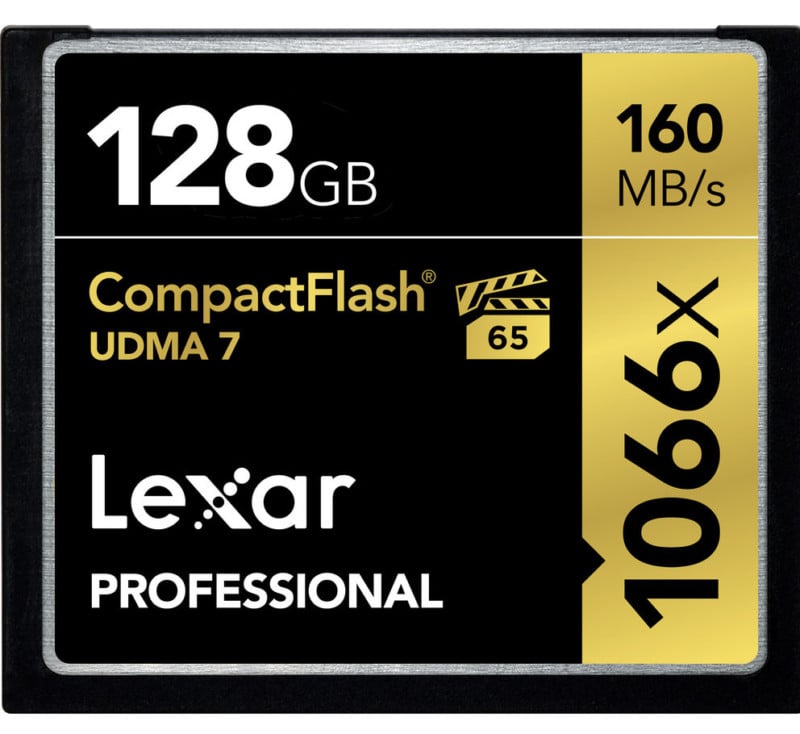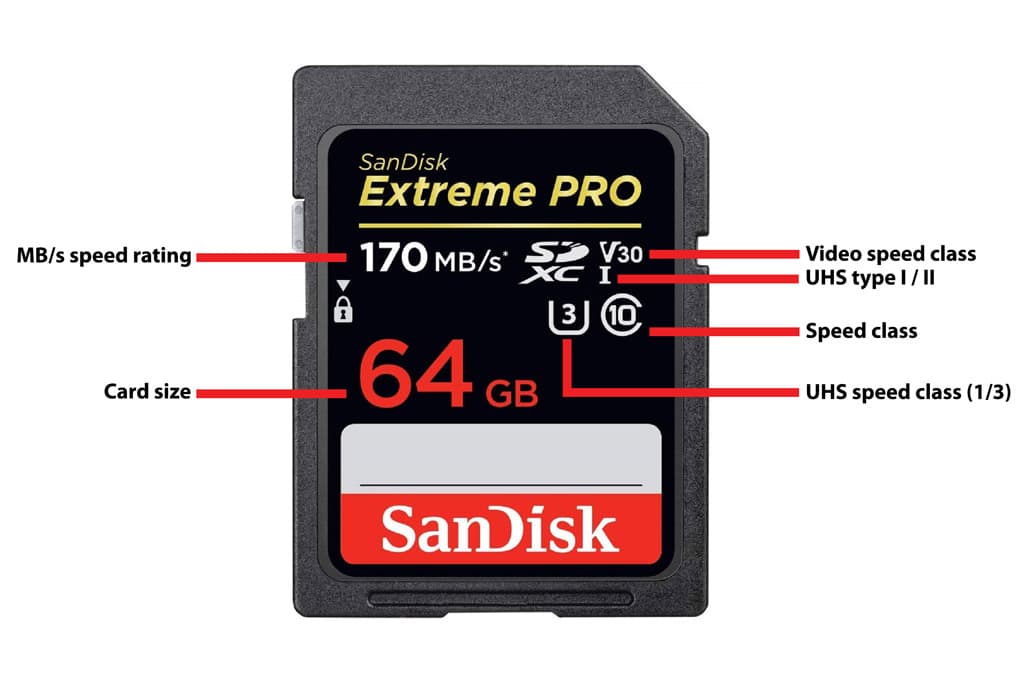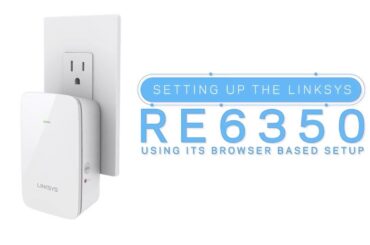Which Kind of Memory Card Does Your Camera Need?
Camera memory card refers to memory cards used for cameras. However, there are many kinds of memory cards that can be used for cameras. You should first figure out what type of memory card your camera needs.
The camera memory card type is related to the interface. If the camera interface is not compatible with the interface of the memory card, the card can’t be recognized by the camera. Before you purchase a memory card for the camera, please check what memory card your camera supports in the official product introduction manual.
At present, the mainstream camera memory cards include micro SD (TF) cards, SD/SDHC/SDXC cards, CF/CFast/CFexpress cards, XQD cards, etc. In general, when your camera’s interface is determined, the camera memory type is determined and you can’t insert other types of memory cards into the camera.
However, some devices are exceptions:
- If your camera has an SD/SDHC/SDXC slot, you can put a TF (micros SD) card into a TF to SD card adapter and then use it as an SD card. If your camera has a CF slot, you can put an SD card into an SD to CF card adapter or put a TF (micros SD) card into a TF to CF card adapter and then use it as a CF card.
- SD devices only support SD cards. But SDHC devices support SD cards and SDHC cards. And SDXC devices support SD cards, SDHC cards, and SDXC cards. You may find that SDXC cards can’t be used in SD/SDHC devices and SDHC cards can’t be used in SD devices. That’s because the file systems these cards use are different.
- The XQD slot is compatible with CFexpress cards (which may require firmware upgrades), but the CFexpress slot is not compatible with XQD cards.
How Much Capacity Is Enough?
If your camera is using micro SD cards or SD/SDHC/SDXC cards, you should pay attention to the capacity as well as the file system they use.
- SD card has up to 2GB capacity and uses FAT12/16 file system;
- SDHC card has 2 to 32 GB capacity and uses FAT32 file system;
- SDXC card has 32GB to 2TB capacity and uses exFAT file system;
- SDUC card has 2 to 128TB capacity and it also uses exFAT file system.
If you choose a card with improper capacity (type), it may be not recognized by the camera.
In addition, you should consider the way you use your camera. In general, a midsized card (32GB to 64GB) should be able to capture hundreds, even thousands of photos, and scores of video clips. Such capacity is OK for most people.
However, if you want to shoot RAW files with an SLR or mirrorless camera, or if you want to shoot a high-resolution video or a lot of videos, it’s recommended to buy a large-capacity memory card.
Speed: How Fast a Memory Card Does Your Camera Need?
The speed of the memory cards, especially the write speed, is very important to the camera. The write speed will affect the speed at which you take pictures and the quality of videos. In general, the higher the write speed, the better the camera memory card.
A high-speed memory card allows the camera to shoot more pictures continuously or shoot a high-quality video like 4K or 8K.
When you purchase a memory card for a camera, some manufacturers may tell you the card’s read speed and write speed separately, while some may not. Anyway, you should know how to see the speed class of a memory card.
If the card is an SD card or micro SD card, its speed class is shown as the following picture:
- An SD card whose speed class is no more than C4 can’t be used to shoot an HD/FHD video.
- An SD card whose speed class is no more than C6 can’t be used to shoot a 4K UHD video.
- An SD card whose speed class is not V60 or V90 can’t be used to shoot an 8K video.
If the card is a CF card, there are also 3-speed class systems for it. The first is the “x” rating, for example, 400x, 600x, 800x, 1000x and 1066x levels, wherein x stands for 150KB/s and 400x is 150 * 400 = 60MB/s.

The last rating system is VPG (Video Performance Guarantee). It starts from CF 5.0 and is designed for very high-end HD video recording (professional DSLR cameras and camcorders). It is a minimum speed guarantee for the application to continue writing the data stream.
Usually, VPG 20 means that the minimum continuous recording speed is 20MB/S. VPG 65 means that the minimum continuous recording speed is 65MB/s.
Check out this site for more info at https://www.partitionwizard.com/




